Last Updated on 4th November 2025
Risk exposure and risk appetite are terms you’ll often hear in a wealth management context – and they’re essential to understand. The goal for many individuals is to have a balanced portfolio, which means that any assets with riskier exposure, often associated with more attractive returns, are mitigated by lower-risk products.
At Chase Buchanan we believe that the key to exceptional financial advice is to equip our clients with every piece of valuable knowledge that will impact their decision-making, which is why getting to grips with risk exposure and being able to assess the risk within your portfolio is essential.
We’ll share some insights from our experienced teams about what an investment risk assessment involves and why, if you haven’t conducted one yet, the time is now.
What Is the Benefit of Performing a Risk Assessment Against Investment Portfolios?
Every investment carries a certain amount of risk exposure; it’s an inherent part of the risk vs return aspect of investing, and not something we can ever truly eliminate. What we can do however, is control how exposed your portfolio is and perform careful calculations and forecasts to identify the potential pitfalls of any investment product.
A risk assessment might include:
- Identifying the range of specific assets or funds in one portfolio.
- Reporting on historical, current and projected performance.
- Analysing market trends, new opportunities and emerging risks.
Although those tasks might look similar for any portfolio, the outcomes won’t be. That’s because a risk assessment isn’t solely an exercise to try and quantify the potential that a product will fail but is intended to align your risk to your aspirations.
For example, if you were looking for dynamic investment options with a high expected return in a short timescale, the suitable options would typically be more volatile. A long-term investment strategy to grow your wealth for retirement should, in contrast, adopt a more cautious stance.
This simplistic example showcases why risk assessments are vital. They highlight how well your current investment products match your expectations and whether there are better performing options out there that are consistent with your priorities.
How to Calculate the Amount of Risk Within Your Investments
Just as the actions or decision-making after an investment risk assessment will differ for each portfolio, there are several techniques commonly used to evaluate the risk involved in an investment. Some of the most widely used include:
- Standard Deviation
- Beta
- Value at Risk (VaR)
- Conditional Value at Risk (CVaR)
While your financial adviser or wealth manager will normally manage the more intricate aspects of investment analysis, it may be helpful for you to know how they calculate the probability of a loss and how accurate those statistical methods are. Let’s run through the techniques we’ve mentioned to clarify how they work.
Standard Deviation Risk Analysis
Standard deviation looks at the performance of an investment product over a period of time, and how far returns have strayed from expected values over that same period.
For example, we can examine the annual return rates and how current returns differ from historical norms. An investment with highly volatile deviations is riskier, while there is a greater certainty that an investment with low deviations will maintain low levels of volatility.
Beta Investment Risk Calculations
A beta measurement estimates systematic risk – or risk exposures related to the wider market or sector. For example, political uncertainty is a systematic risk that will likely affect many currency markets, and equity investments with a higher beta are both riskier and associated with higher expected returns.
The market is measured as one beta, gauged against the security beta – if that beta is also one, it moves in line with the market. A beta of over one indicates higher instability, and less than one indicates the opposite.
The benefit of beta evaluations is that it’s relatively simple to diversify your portfolio if an unacceptable risk is identified and to spot assets that carry a greater risk than you are comfortable with.
Value at Risk Assessments
You’re likely familiar with financial documentation advising that ‘value is at risk’, which means that your invested funds have an exposure element associated with the company or portfolio.
VaR measures the worst-case scenario loss over a defined period. The goal is to judge the percentage chance that the portfolio will lose a specific value over the time considered.
Conditional Value at Risk Explained
CVaR is slightly different in that it considers the tail risk. That means the likelihood that something will happen, in extension to the VaR calculation, after the investment has reached the maximum threshold for loss.
These techniques are just some of the many ways a financial adviser can evaluate your portfolio and arrive at professional recommendations that help you maximise returns in line with your accepted risk exposure appetite.
How to Define Your Risk Exposure Appetite as an Investor
Approaching any wealth management strategy with an eye solely on the potential returns is inadvisable. While risk and rewards aren’t the only indicators of a quality investment, they are essential components to creating a future-proof wealth management strategy.
Therefore, if you wish to appraise your risk exposure, the first step is to work out what you consider acceptable.
At Chase Buchanan Wealth Management, our approach always starts with a thorough consultation process to help us understand what you want from your wealth and how well your investment performance links to your plans.
Investment Risk Exposure: Questions to Ask
If you’re new to investment and wealth management risk, you can begin by considering the following questions, which may help to pin down your objectives and priorities:
- Timescales: When do you want to tap into your assets? The right wealth management strategy for a 10-year timetable will differ from one with a two-year crystallisation goal.
- Preferences: Do you have any inherited assets you want to hold onto, regardless of the quantified risk? Are there specific markets or sustainable sectors you would like to see incorporated into your portfolio?
- Retirement: What range of assets do you have, and how reliant are you on the income generated to fund a comfortable retirement? When do you plan to retire, and in which country?
- Contingencies: How many dependents do you want to provide for financially? Do you have a contingency fund or sufficient liquidity so that failure of high-risk investment products wouldn’t severely impact you?
- Insurance: Do you hold insurance products to guard against loss of income, ill health, bereavement or other unforeseen circumstances?
All of these aspects can help with creating a tailored wealth management strategy, catering to your family circumstances, income requirements and cash flow needs.
Risk tolerance can and often does change over time, so a risk assessment isn’t a one-off exercise, nor is there a likelihood that your risk exposure will remain constant.
The best way forward is to consult an experienced financial adviser, who can schedule regular portfolio performance reports, reviews and appraisals to ensure your investments are working for you and remain beneficial, while recommending changes or restructures where necessary to bring your investments in line with your risk expectations.
For more information about evaluating your current risk exposure or creating a comprehensive risk profile, please contact your nearest Chase Buchanan office to schedule a private consultation with one of our specialist expat financial wealth managers, investment specialists or financial advisers.
Chase Buchanan Insurance Services, Agents & Advisors is authorised and regulated by the Cyprus Insurance Companies Control Service with License No 6883 and offers services in the EU on a cross-border basis as per the provisions of the Insurance Distribution Directive (IDD).
Investing in financial instruments involves risk and may not be suitable for all investors. The value of investments may go up as well as down and past performance is not a reliable indicator of future results. You may lose part or all of your invested capital.
*Updated January 2025


